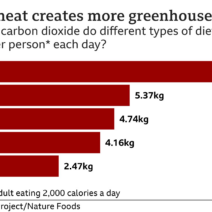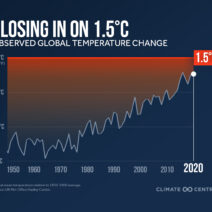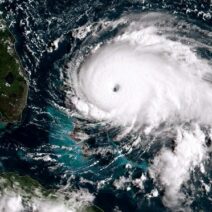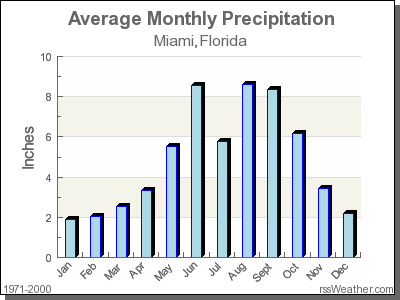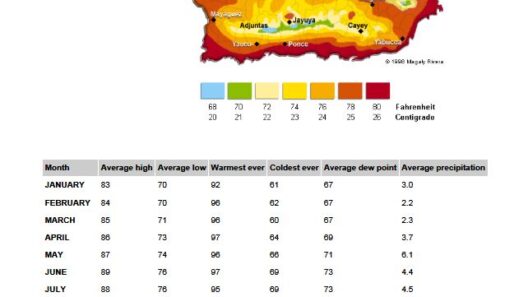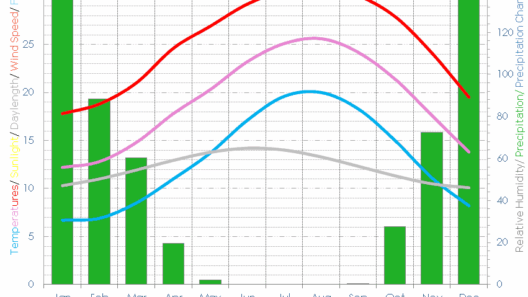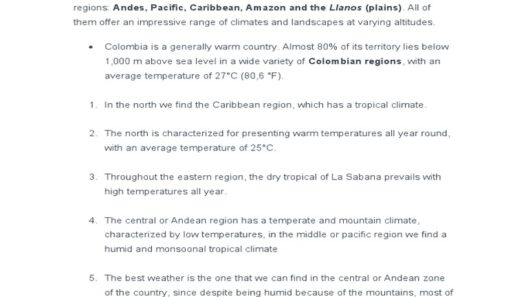Miami, Florida, often touted as a tropical paradise, is a city that captures the imagination. Its sun-kissed beaches, vibrant nightlife, and diverse culture create an alluring environment that attracts millions of visitors each year. However, beneath the surface of this idyllic setting lies a complex interplay of climatic conditions that warrants exploration. Is Miami truly a tropical paradise, or is it a stormy frontline in the battle against climate change? This inquiry delves into the overall climate of Miami, addressing its merits and potential challenges.
To begin, Miami is characterized by a tropical monsoon climate, classified as Aw under the Köppen climate classification. This classification is indicative of a climate that exhibits distinct wet and dry seasons. The wet season, which commences in May and culminates in October, is marked by high humidity and intense rainfall, while the dry season spans from November through April, exhibiting milder temperatures and manageable humidity levels.
In terms of temperature, Miami enjoys a relatively uniform climate that seldom experiences extreme fluctuations. Average temperatures typically hover around 75°F (24°C) throughout the year. However, during the height of summer, daily highs can reach around 90°F (32°C), with humidity exacerbating the perception of heat. The winter months, conversely, offer a respite, with average lows dipping to about 60°F (15°C). Such climatic conditions result in a year-round outdoor lifestyle, making Miami a prime location for recreational activities.
Yet, the enchantment of Miami’s climate is not without its perils. The region is acutely susceptible to tropical storms and hurricanes, particularly during the summer and early fall. The hurricane season spans from June 1 to November 30, and within this window, Miami’s vulnerabilities are starkly exposed. Historical data reveals that Miami has experienced significant hurricane impacts, including the infamous Hurricane Andrew in 1992, which resulted in catastrophic damage and loss of life. The importance of hurricane preparedness and community resilience cannot be overstated in this tempestuous chapter of Miami’s climatic narrative.
Moreover, the implications of climate change impose exacerbating factors on Miami’s already precarious situation. Rising sea levels, caused by global warming and the melting of polar ice, pose a dire threat to Miami’s waterfront properties and ecosystems. Studies indicate that sea levels may rise by several feet by the end of the century, inundating vast swathes of the city and necessitating urgent adaptation measures. Coastal flooding during king tides has already become a recurrent issue, with streets becoming impassable and essential infrastructure compromised.
Flooding, however, is just one facet of the climate challenges Miami faces. The city is also contending with the heat island effect, a phenomenon whereby urban areas experience significantly higher temperatures than their rural counterparts. Miami’s rapid urbanization and extensive concrete development hinder the natural cooling processes of the environment. Consequently, residents are grappling with the dual threats of heat and humidity during the sweltering summer months, which can have deleterious effects on public health.
The flora and fauna of Miami offer a compelling glimpse into the region’s biodiversity. Lush tropical vegetation graces the landscape, providing a home to a myriad of species. However, the impacts of climate change threaten this delicate balance. Disruption of natural habitats due to rising temperatures and erratic weather patterns can lead to the displacement of native species, resulting in an ecological crisis. In this sense, Miami’s identity as a tropical paradise is intertwined with the complex dynamics of climate health, necessitating stewardship and proactive measures to preserve its natural beauty.
As Miami grapples with navigating these climatic challenges, the community has increasingly endeavored to promote sustainability and resilience. Initiatives have emerged to protect coastal ecosystems, enhance green infrastructure, and improve energy efficiency. The city’s commitment to environmental policies and sustainable practices signifies a growing recognition of the urgent need to address climate change proactively. Public education campaigns aimed at raising awareness about environmentally friendly practices and local wildlife preservation are also critical in fostering a culture of ecological responsibility.
In summary, Miami, Florida, presents a diverse climatic tableau—the allure of a tropical paradise juxtaposed against the stark realities of storm risk and climate change. While the city’s average temperatures and enticing lifestyle chronicle a narrative of warmth and vibrancy, the looming specter of hurricanes, flooding, and ecological imbalance warrants a discerning outlook. As Miami continues to evolve, its inhabitants must navigate the chasm between beauty and vulnerability with courage and innovation. It is only by embracing this duality that Miami can truly claim its status as a resilient tropical paradise, capable of weathering the storms of change.
In conclusion, the climate of Miami serves as both an inviting embrace and a call to action. The city’s appeal rests not only on its scenic views but also on the responsibility that comes with inhabiting such a diverse ecosystem. As Miami strives to strike a balance between allure and resilience, it becomes imperative for its residents and stakeholders to champion sustainable practices, ensuring that the tropical paradise remains vibrant for generations to come.
